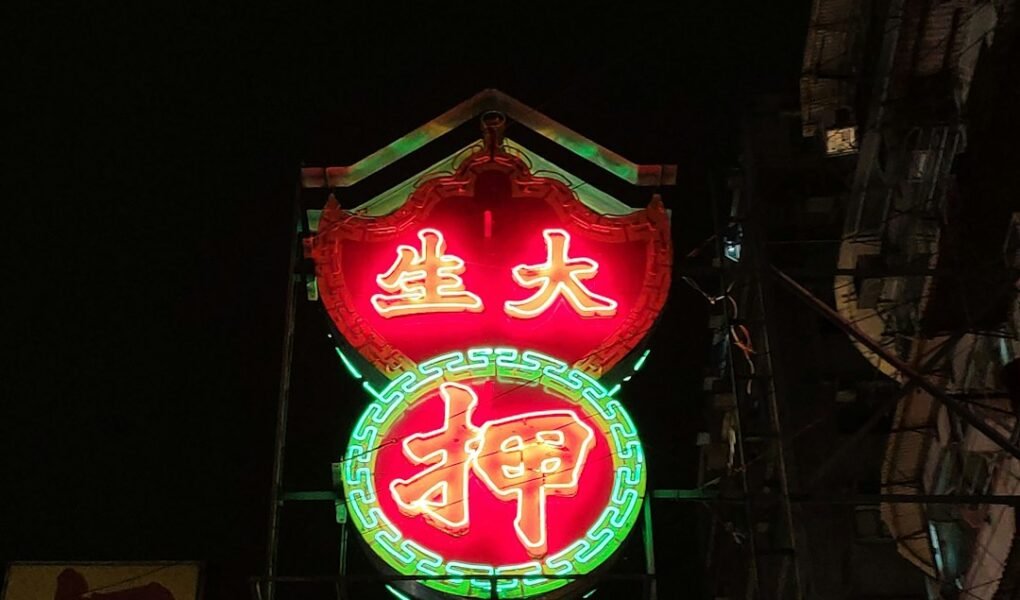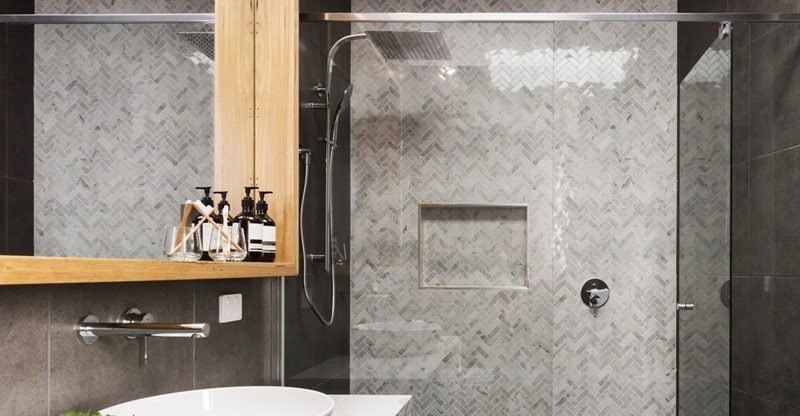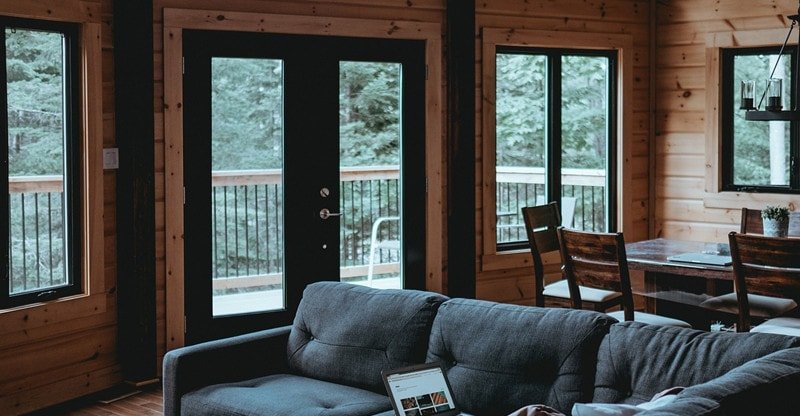
In the fast-paced rhythm of contemporary life, acquiring a secondary residence—often referred to as buying a second home—has become a cherished escape for many. Whether it’s a peaceful countryside cottage, a coastal villa, or a cozy mountain lodge, this additional space offers a chance to step away from daily chaos and recharge one’s spirit.
For those seeking a more balanced way of living, creating a serene getaway goes beyond simple decoration. The practice of Second Home Feng Shui is emerging as a popular method to enhance the calm and positive vibes in these personal retreats.
This article explores the core principles of Second Home Feng Shui and how it can help design an environment that promotes harmony and renewal.
## Understanding Second Home Feng Shui
Originating from ancient Chinese traditions that date back over 3,000 years, Feng Shui focuses on achieving balance and peace in any space. It operates on the idea that the arrangement and alignment of objects can guide the flow of energy, known as “Chi.” When applied to a second home, such as a vacation property, Second Home Feng Shui aims to turn it into a peaceful haven where individuals can relax, restore their energy, and find personal equilibrium.
## Choosing the Right Location
Selecting the ideal spot for your second home is crucial in Second Home Feng Shui. It’s essential to evaluate the natural surroundings and landscape features of the area. Properties with views of lakes, hills, or lush greenery can boost the positive energy of your retreat, as these elements are thought to promote relaxation and peace. For instance, water features like rivers or oceans are often linked to emotional flow and prosperity in Feng Shui philosophy.
On the other hand, homes near busy roads or industrial areas might disrupt this serenity by introducing disruptive energies.
## Balancing the Core Elements
At the heart of Feng Shui are the five essential elements: Wood, Fire, Earth, Metal, and Water. Each one represents different life aspects and brings its own energy. Achieving balance among them in your home’s design and decor can create a cohesive and invigorating atmosphere. Studies in environmental psychology suggest that such elemental harmony can reduce stress and improve well-being.
– **Wood:** Representing growth and vitality, incorporate this through wooden furniture, plants, and green colors to bring a sense of renewal and expansion into the space.
– **Fire:** Standing for passion and energy, introduce it with reds, oranges, or yellows; items like candles or a fireplace can add warmth and dynamic energy.
– **Earth:** Symbolizing stability and foundation, use earthy tones such as beiges and browns, along with materials like pottery or rocks, to ground the environment.
– **Metal:** Embodying clarity and focus, enhance it with whites, grays, and circular shapes, which can promote precision and mental sharpness.
– **Water:** Signifying adaptability and flow, integrate blues and water elements like small fountains, helping to encourage emotional fluidity and calmness.
## Creating a Welcoming Entrance
Your second home’s entryway acts as the gateway for positive energy to enter. Keeping it bright and free of obstacles is key to a positive flow. A well-designed path or inviting front door can set a welcoming tone for the entire retreat. In Feng Shui, an open and clear entrance is believed to invite prosperity and good fortune, much like how ancient Chinese homes were oriented to align with natural paths.
## Maximizing Natural Light
Abundant natural light plays a vital role in Second Home Feng Shui. Use large windows, skylights, and glass doors to fill the space with sunlight, which not only brightens the area but also supports the circulation of uplifting energy. Opt for easy-to-open curtains or shades during the day to let in the sun’s rays—research shows that exposure to natural light can enhance mood and productivity, aligning with Feng Shui’s emphasis on vitality.
## Maintaining a Clutter-Free Space
Clutter is seen as a major block to energy flow in Feng Shui. Keeping your second home tidy and minimalist ensures that energy moves freely, contributing to a more positive overall vibe. Experts recommend regular decluttering routines, as a study by organizational psychologists found that organized spaces can lead to reduced anxiety and better focus.
## Arranging Furniture and Decor
The positioning of furniture and accessories in your second home significantly impacts its energy. For example, placing your bed so it has a clear view of the door without being directly in line promotes a sense of security and restful sleep. In communal areas, adopt the “command position” by arranging seating to face the entrance indirectly, fostering a feeling of control and confidence in the space.
## Adding Personal Touches
While following Second Home Feng Shui guidelines, don’t forget to include items that reflect your own personality. Personal artifacts, like family photos or meaningful artwork, can make the retreat feel uniquely yours, strengthening your emotional bond and adding layers of significance to the environment.
Ultimately, implementing Second Home Feng Shui is about more than just visual appeal—it’s about cultivating positive energy and balance in your getaway. By paying attention to factors like location, elemental balance, entrance design, natural light, clutter control, and furniture placement, you can transform your second home into a true sanctuary of peace and rejuvenation.
Whether you’re looking to escape everyday stresses or reconnect with yourself, Second Home Feng Shui provides tools to create a space that nurtures inner calm and harmony. Next time you visit your retreat, consider these principles to enhance your experience of tranquility and renewal.




